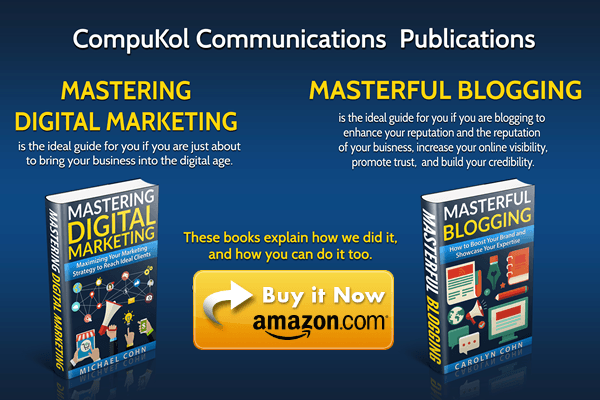How to Handle Negativity in a Q and A Session

You are in front of a nice-size group of people. Your presentation has gone extremely well (from your perspective) and you are at the question-and-answer part of the event. You asked if anyone has a question and an angry person, full of hostility, stands at the microphone, just waiting to pounce.
Handling a person’s hostility in front of a crowd
If you think back over the years, there is a good likelihood that you have learned far more from the negative experiences than the positive ones that have come upon you. The person who stands in front of the microphone can be any variety of hostile. He or she can be sarcastic, jeering, or he or she can be physically hostile (waving his arms around, sneering, etc). Your hostile audience member will also steal all of the attention of the other audience members off of you and onto him or her.
How do you head off a hostile person before any damage is done?
One way to help prevent a hostile confrontation from happening is by having a deep acquaintanceship with your target audience way before you even stand up in front of them and present. If you truly understand your audience (the way that they think, their wants and needs, etc), you will probably be able to anticipate the sorts of questions that they will ask.
If you are still feeling as though you are on shaky ground with this, it is not a bad idea to practice. Come up with possible questions (the more outrageous, the better) and practice how you would respond to those questions. That will help you to feel more confident and it will help you to answer the question when it really comes up in the most effective way possible.
Respond to hostility in a calm, civil manner
The best way to diffuse a hostile situation (or hostile person) is by remaining calm, polite, and just plain nice. The other person will not know what to do with that and he or she will have no idea where to focus the hostility and negative feelings. It is pure poetry!
Another positive result that will come out of your positive behavior is that if you don’t stoop to the level of the other person, your credibility as a professional will remain intact. The bottom line is that you want to remain in control of the situation. After all, this is your presentation and you deserve to have control.
There are some techniques that you can try when you are in a hostile situation. The common thread that all of the techniques have is that you need to take the attention off of the person who is asking the question and put it back where it belongs, on your audience as a whole. You do that by giving an appropriate response and restoring your audience’s faith in your professionalism and expertise.
Try different techniques
There are different techniques that may very well help you. You can try one at a time as you get through all of them or you can (if you are lucky) stumble upon one that works for you and then you don’t need to look any further.
-
Express acknowledgment and empathy for your audience member: With this technique, you will want to acknowledge the feelings that are at the heart of the hostility. If you are able to connect with the other person on an emotional level and make him or she understand that you can empathize with what he or she is feeling because you have experienced something similar at some point, you may achieve a really positive result.
The last thing that you want to do is to antagonize the other person. Reach into yourself and pull out something that affirms the other person’s feelings. If you can do that, you will be golden. -
Recognize the issue and turn the question around so that it comes from a different perspective: Just like with the first technique, you need to quickly get to the heart of the other person’s hostility. It is kind of like Aesop’s fable about the lion with the thorn in its paw. The lion was very nasty until the shepherd in the story figured out what was bothering the lion and removed the thorn, which was the source of the pain.
Well, the same concept applies to hostile people who ask angry questions. If you can figure out what is causing the pain, you have a good chance of making the person feel better and thus diffusing the hostility. -
Redirect: If a person is hostile beyond belief, you may want to try to redirect what he or she is saying by gently persuading (nonverbally) the person to think about the subject in a different way. If that doesn’t work well for you, you will want to neutralize the hostility by being as open with that person (and the rest of the audience) as possible.
Whatever you do, don’t argue with the other person because that is exactly what he or she wants. the person came to you looking for a fight. Don’t give in to that. There are some phrases that you can use, such as, “One option to consider is…,” If we look at the big picture,…” or “Let’s look at some of the issues that are implied in your question…”
Conclusion
Since the Q&A session is a normal part of your presentation, you should prepare yourself for the inevitability of hostility from someone in the room. If it doesn’t happen that way, great. If it does happen, you will be prepared to diffuse the hostility with a constructive and effective approach because you will be prepared for every situation by the time you are standing in front of your audience.
We are pleased to provide you with the insightful comments contained herein. For a complimentary assessment of your online presence, let’s have coffee.

|




